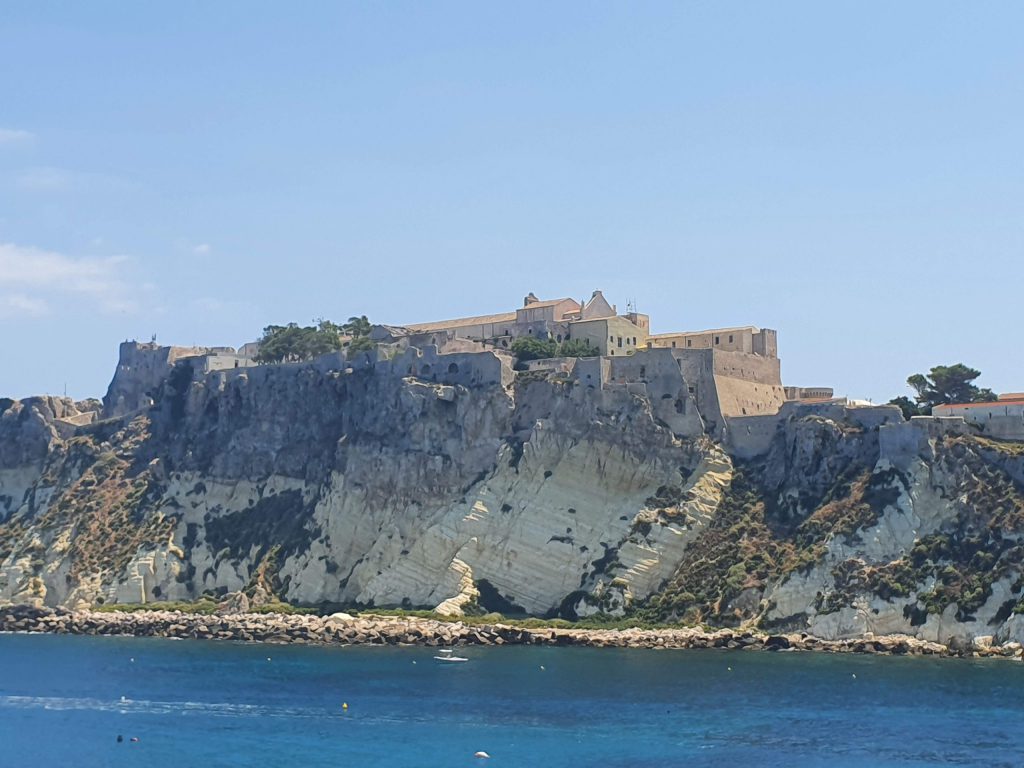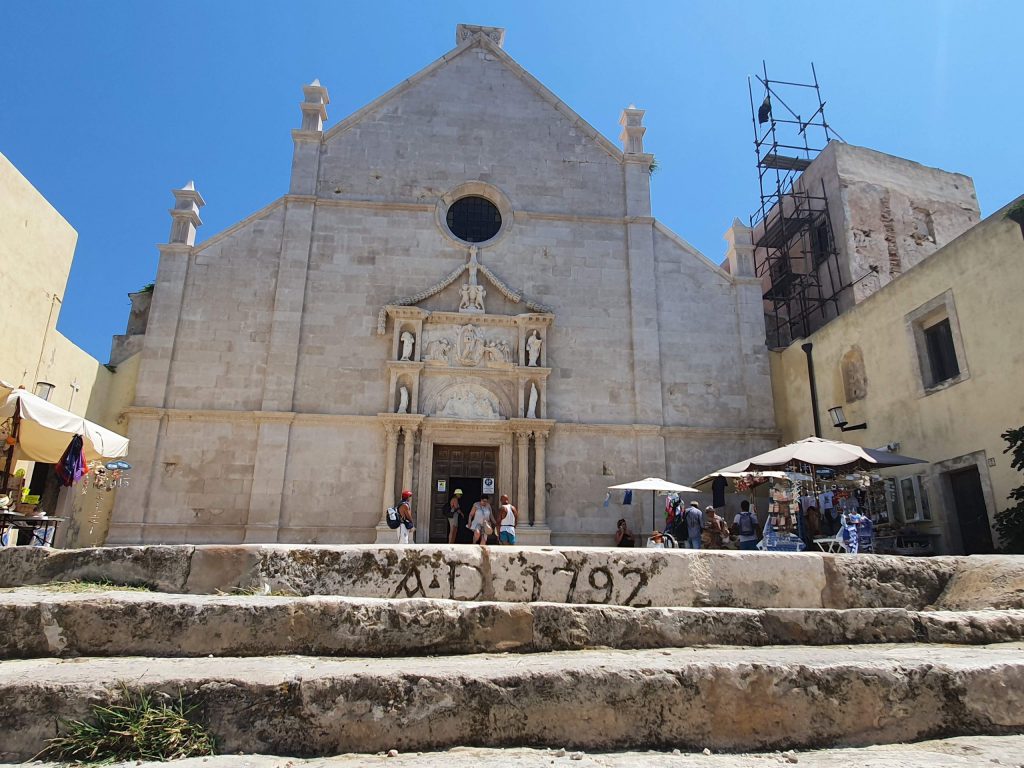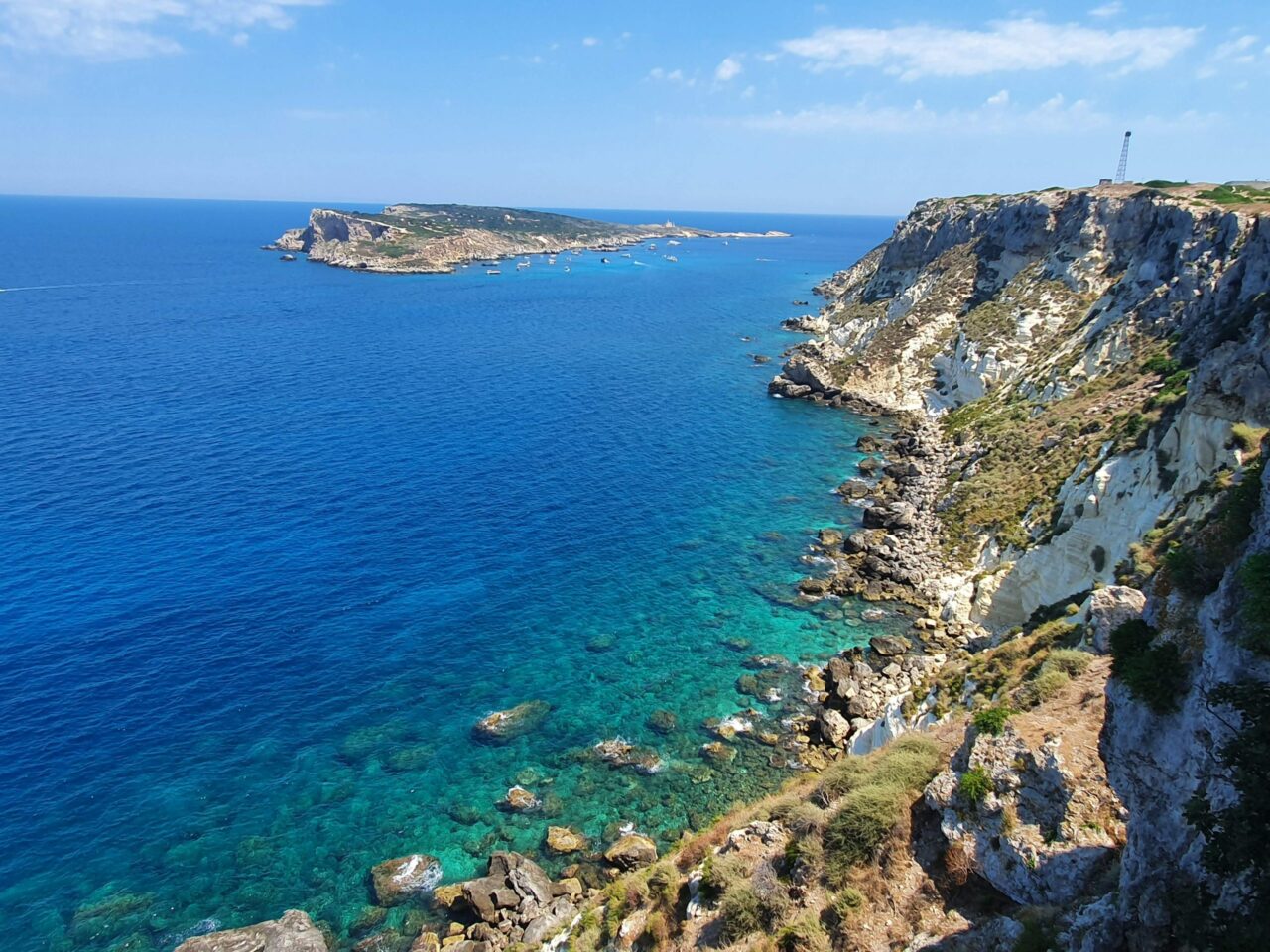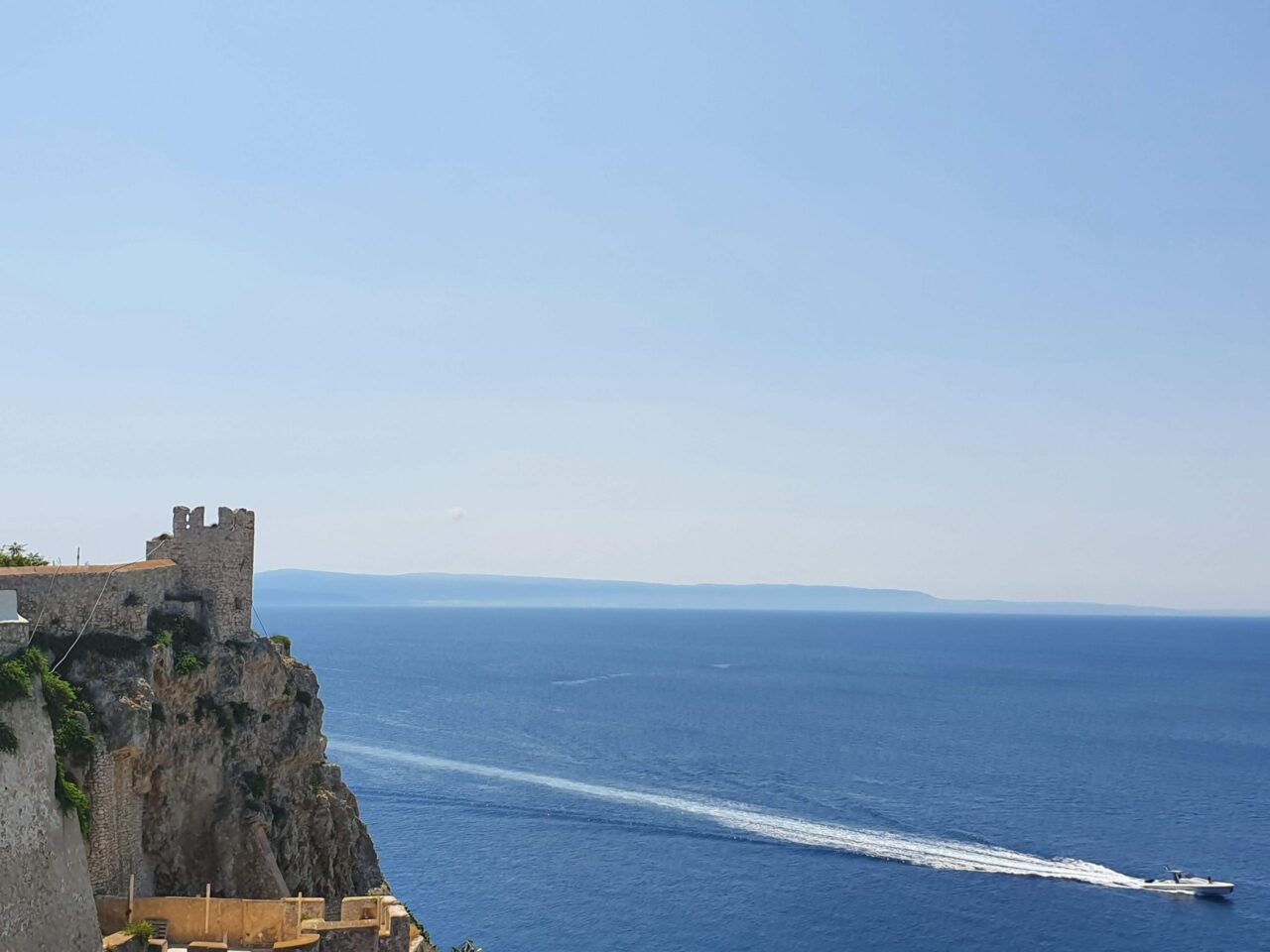
The Tremiti Islands are an archipelago in the Adriatic Sea, 22 km north of the Gargano promontory and 45 km east of Termoli.
The archipelago is a municipality of about 440 inhabitants in the province of Foggia, it is part of the Gargano National Park. Since 1989, a portion of its territory has constituted the Isole Tremiti marine nature reserve. The capital is San Nicola.

Already inhabited in ancient times (4th-3rd century BC), the islands were a place of confinement for centuries. The emperor Augustus relegated his niece Julia there. In 780 Charlemagne exiled Paul the Deacon there, who, however, managed to escape. Even in the fascist era, the archipelago continued to be a place of confinement, hosting, among others, the future President of the Republic, Sandro Pertini.
The history of the archipelago is however linked above all to the historical, political and economic events of the abbey of Santa Maria a Mare,
the first religious center built in the territory of the Adriatic islands in the 9th century, by the Benedictines, as a direct dependency of the Abbey of Montecassino. In the 11th century the abbey complex reached its maximum splendor. The magnificence of this period is testified by the presence within the walls of the monastery of guests such as Frederick of Lorraine (who later became Pope Stephen IX) and Dauferio Epifani (Pope Victor III).
The entire complex remained a possession of the Abbey of Montecassino for about a century.
In the 13th century, freed from the Cassinese monastery, it boasted possessions on the mainland from Biferno to the city of Trani. According to the chronicles of the time, the never-ending tensions with the Lazio monastery and the frequent contacts with the Dalmatians, disliked by the Holy See, led the then bishop of Termoli to replace the order of Saint Benedict with the Cistercians at the helm of the abbey.

Later, Charles I of Anjou fortified the abbey complex. In 1334, the abbey was plundered by the Dalmatian corsair Almogavaro and his fleet, coming from the city of Almissa, who massacred the monks, putting an end to the Cistercian presence in the archipelago.
In 1412, following pressure and apostolic letters, and by direct order of Pope Gregory XII, a small community of regular canons, coming from the rectory of Santa Maria di Frigionaia in Lucca and led by Leone da Carrara, moved to the island to repopulate the ancient religious center. The Lateranenses restored the abbey complex, also expanding its buildings, especially with the construction of numerous cisterns that are still functioning today, and extended the abbey's possessions on the Gargano, in Terra di Bari, Molise and Abruzzo.
The islands are today a jewel in the crown of tourism in Puglia,
easily reachable from the mainland via ships and ferries departing from the ports of various locations in the Gargano (Manfredonia, Vieste, Peschici and Rodi Garganico).
Among the international artists who have chosen them as their habitual home is the unforgettable Lucio Dalla, who has never hidden his deep love for these enchanting places.























Leave a comment